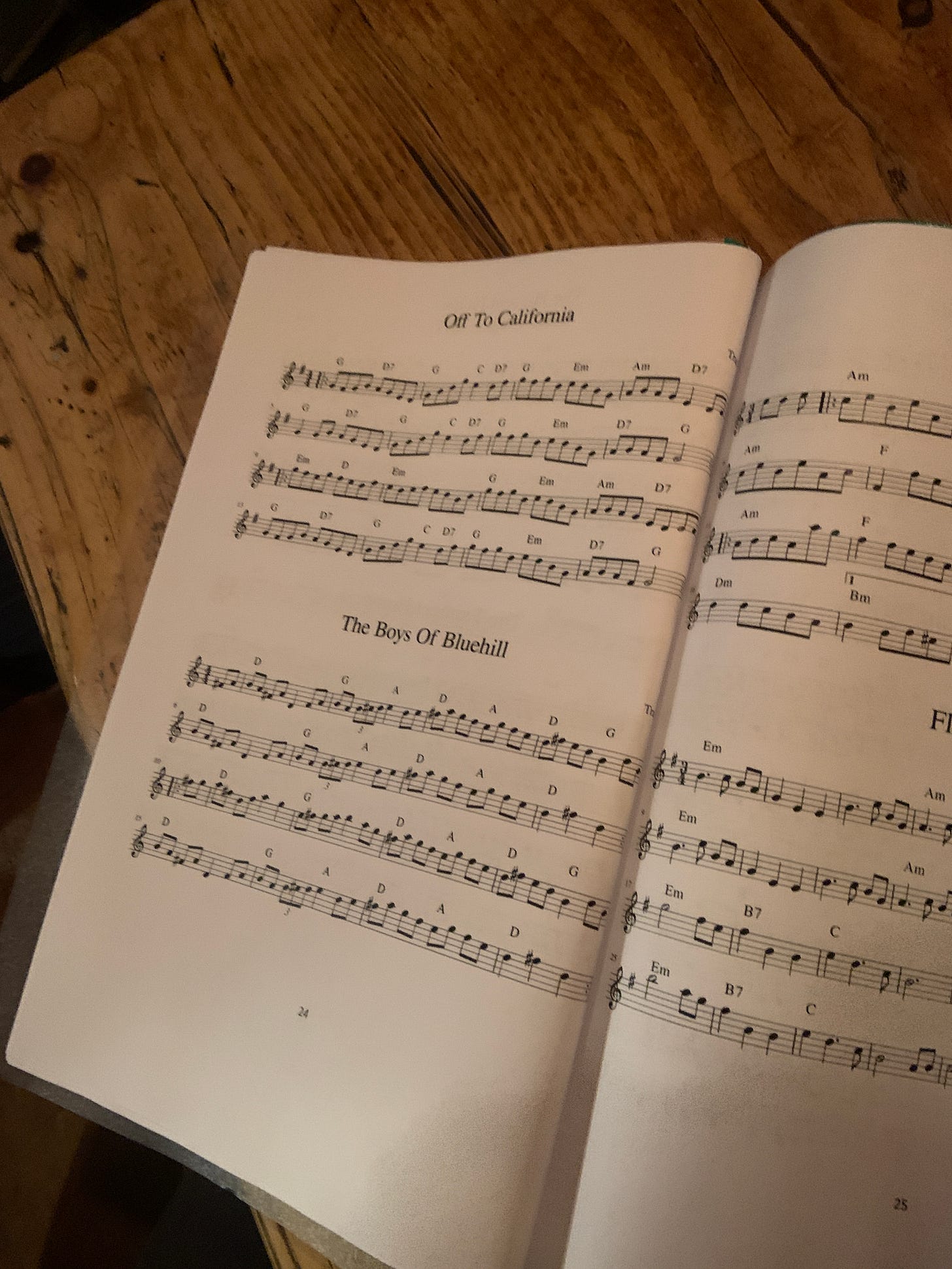Another Chippenham festival has drawn to a close, and the town has settled back into its natural stillness. There's something almost dreamlike about this rhythm—for most of the year, Chippenham exists in peaceful hibernation amongst its weathered stone buildings and quiet streets. Then the festival arrives, and for four extraordinary days, Island Park b…
Keep reading with a 7-day free trial
Subscribe to I am Glad We Disagree to keep reading this post and get 7 days of free access to the full post archives.




